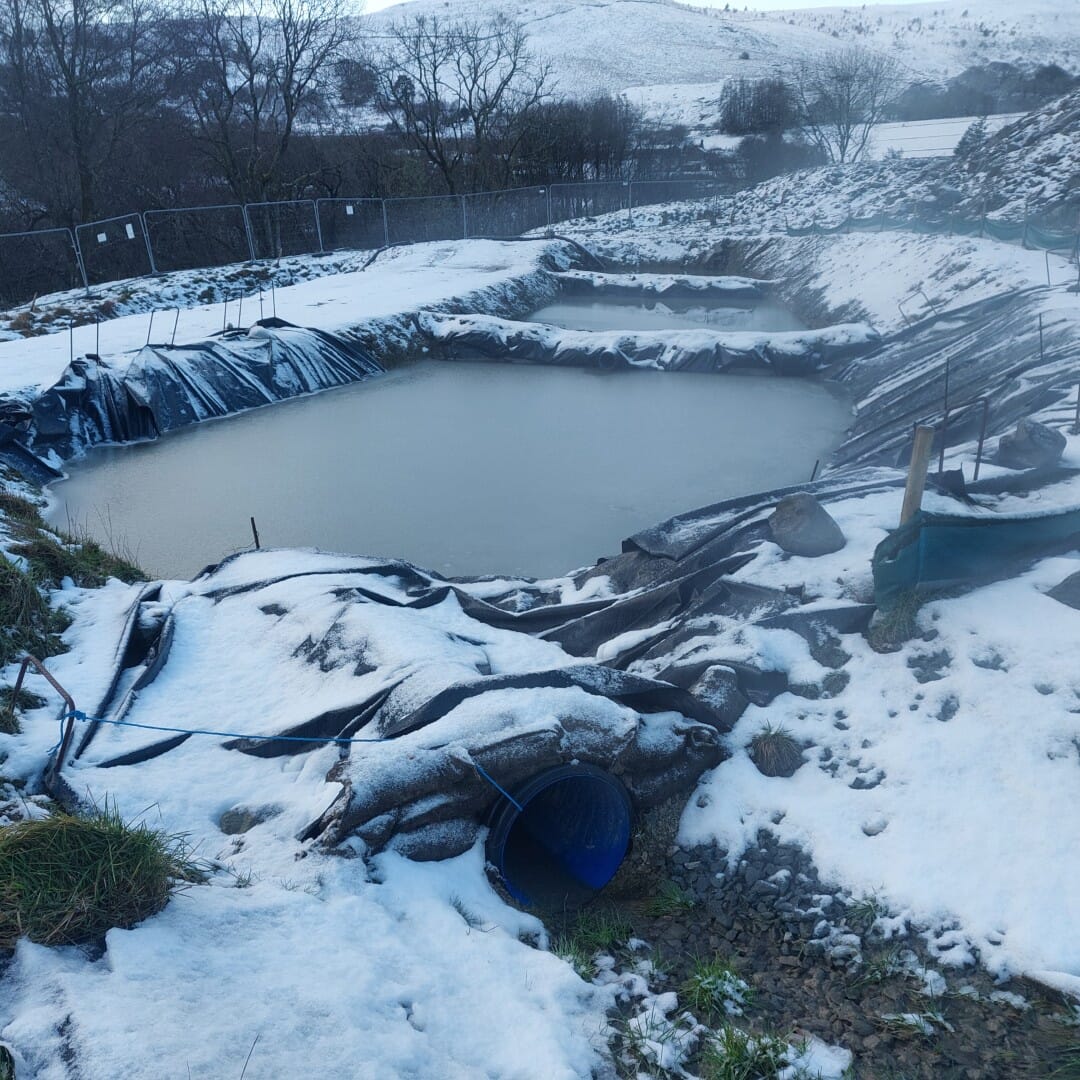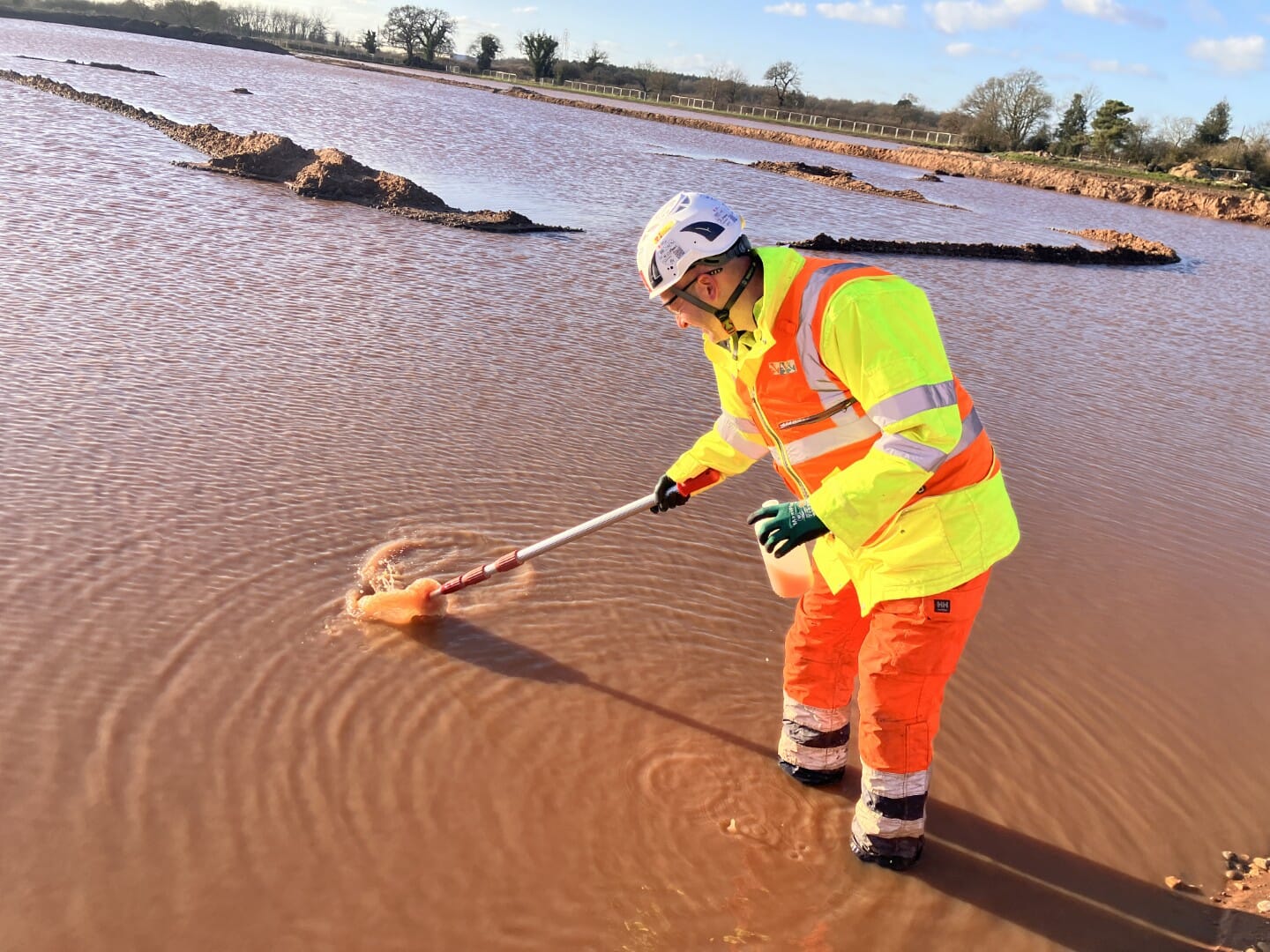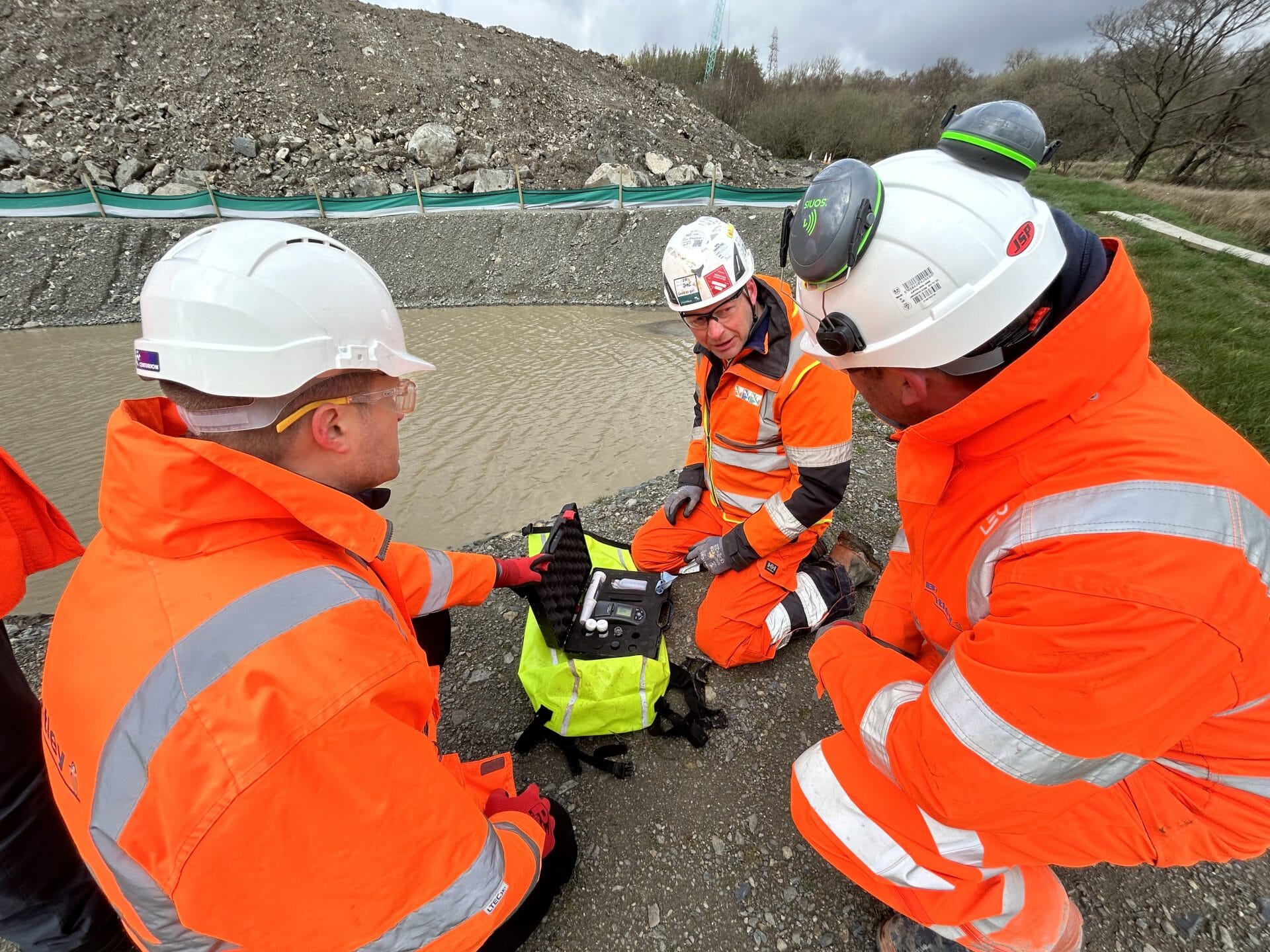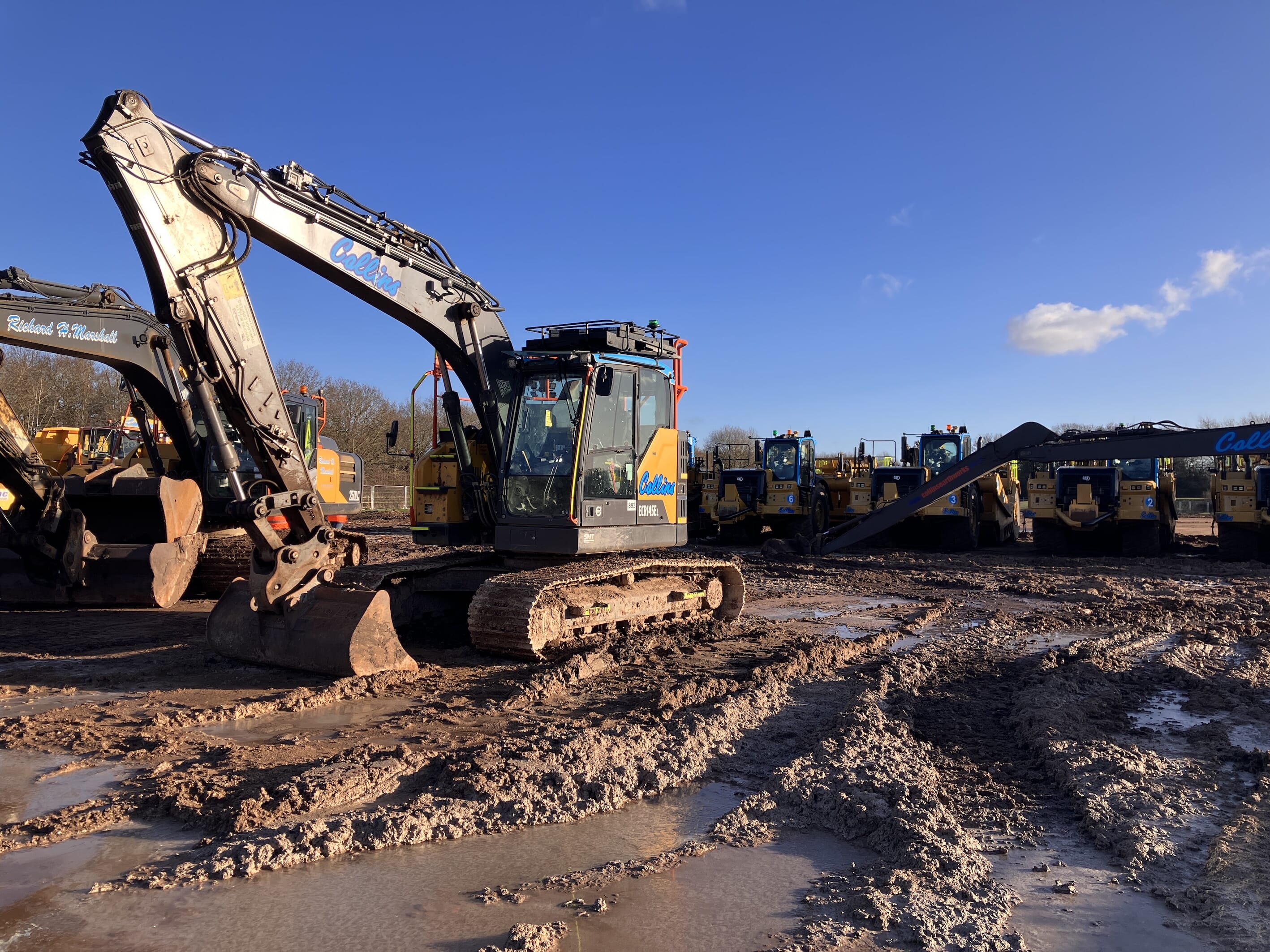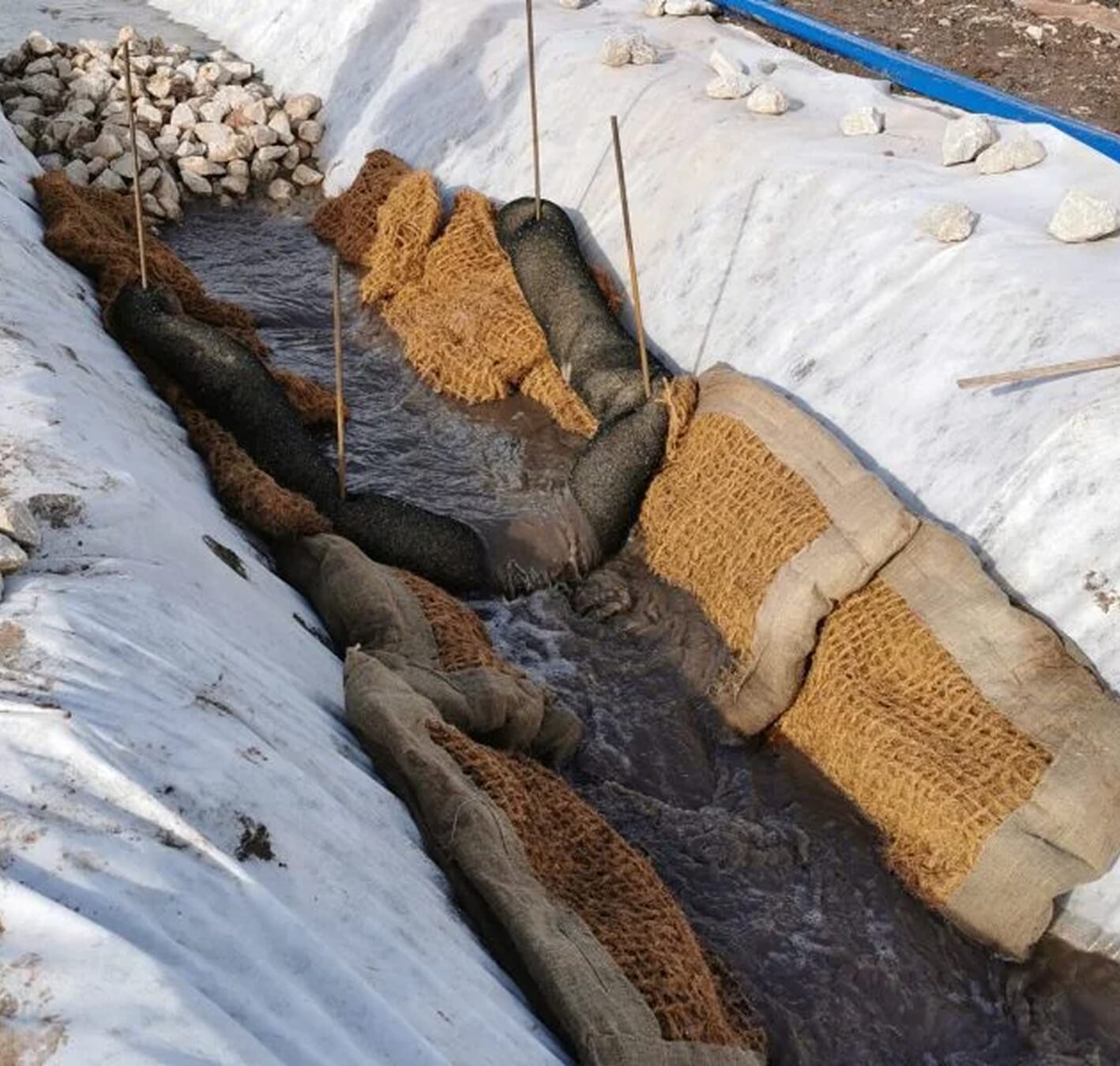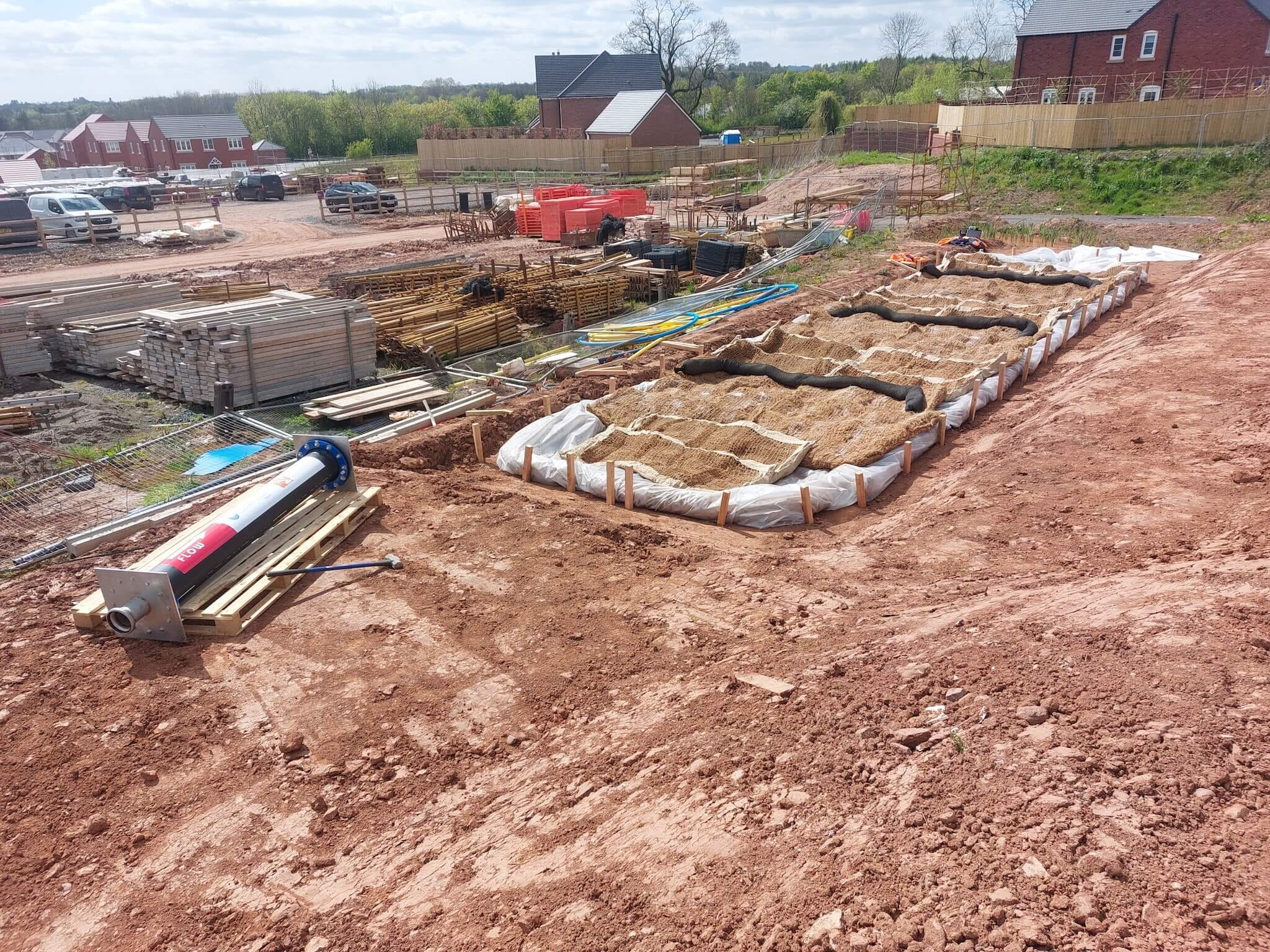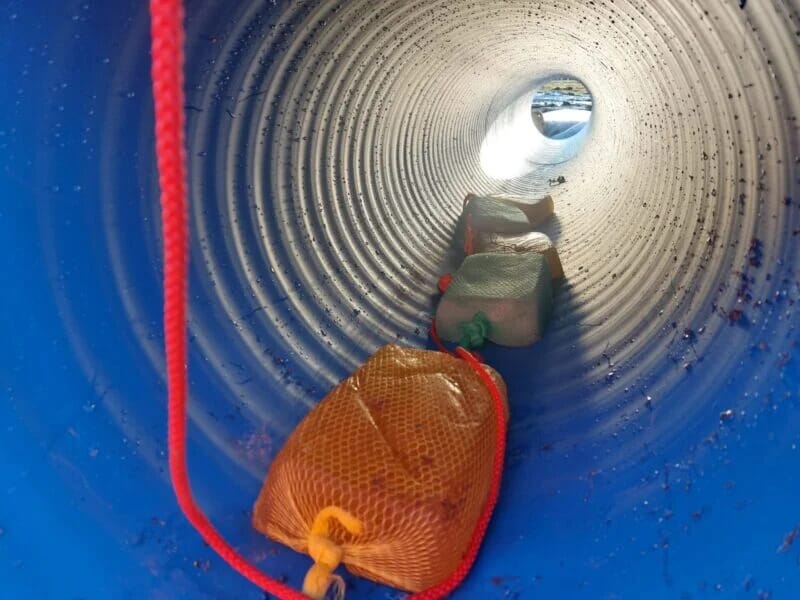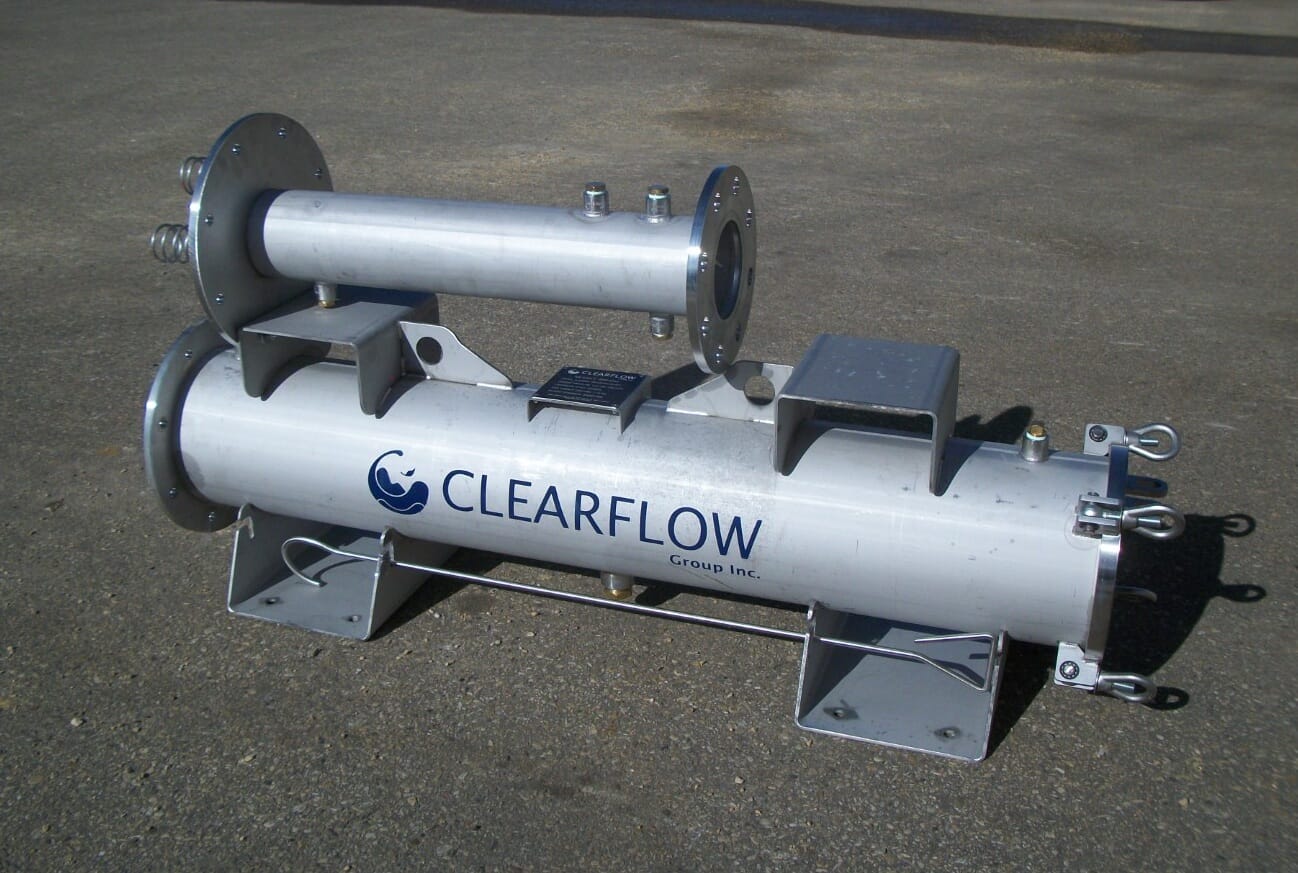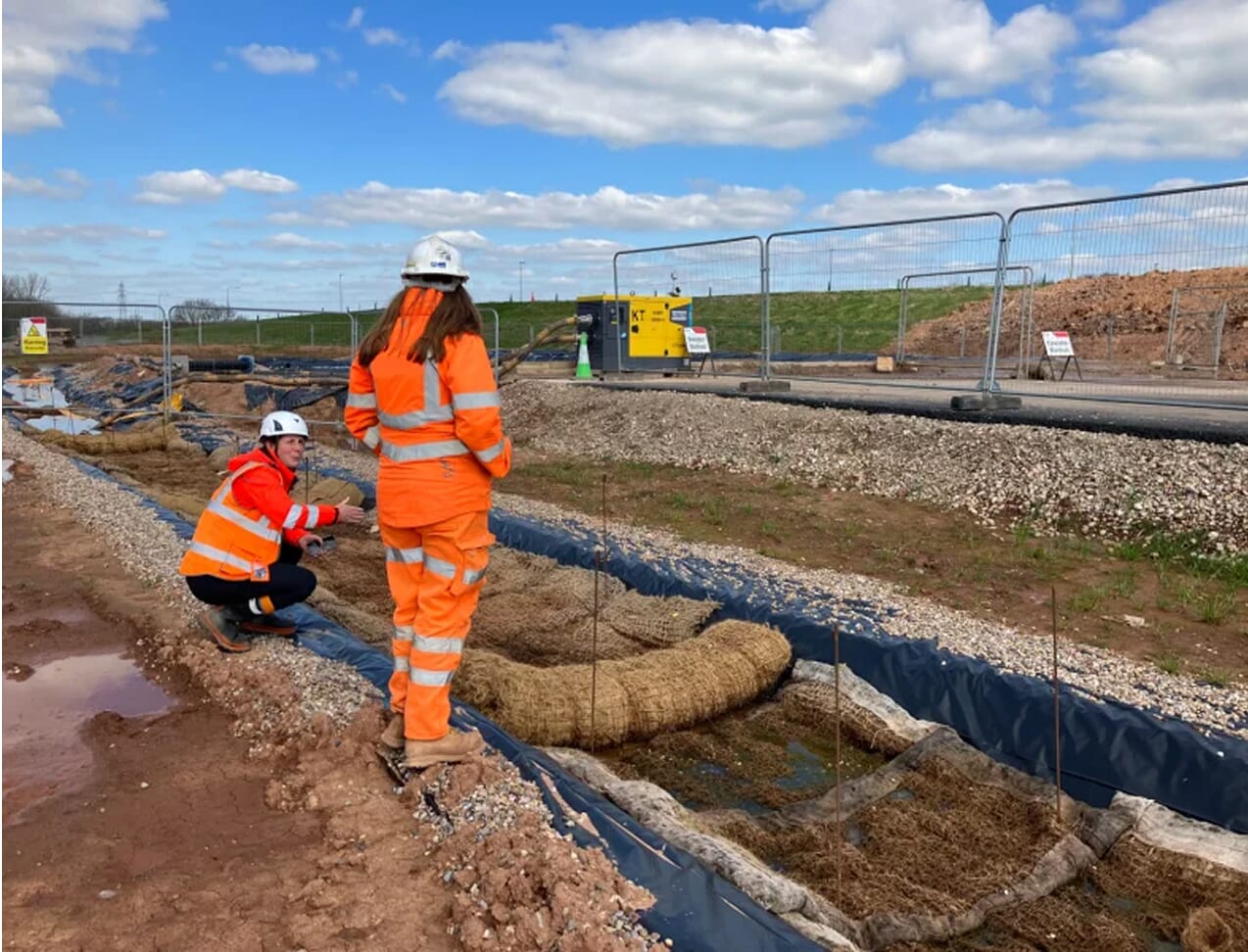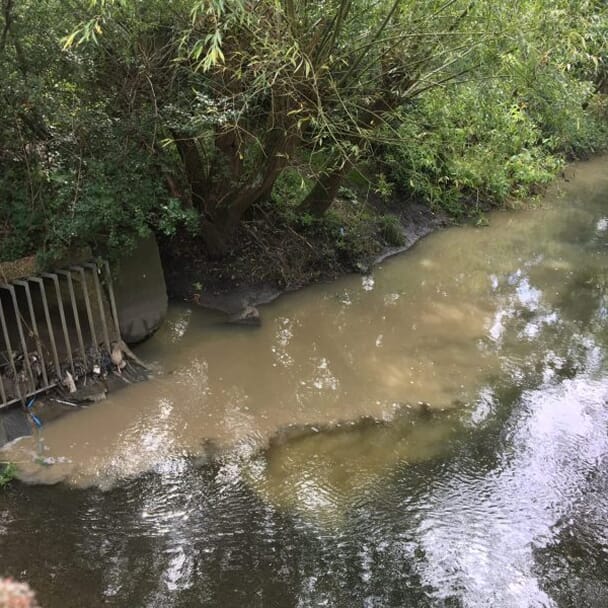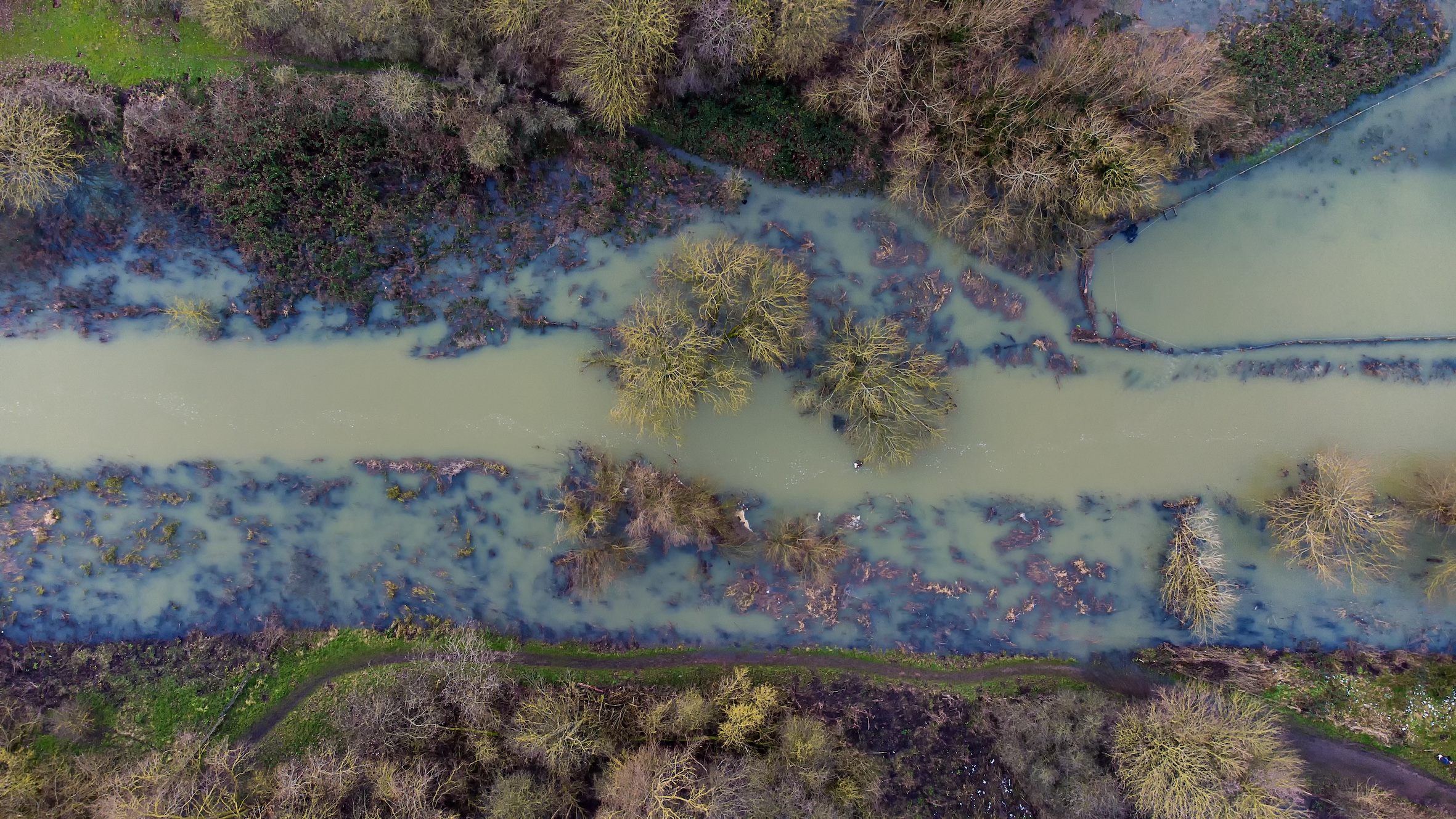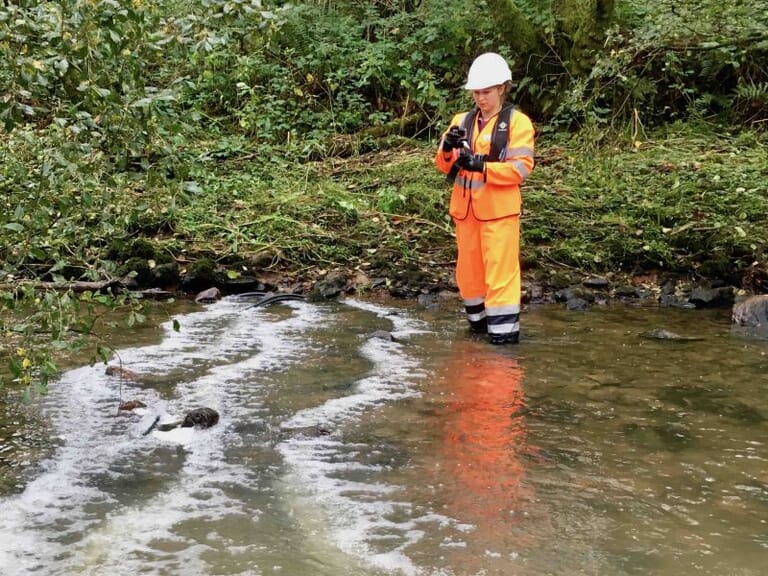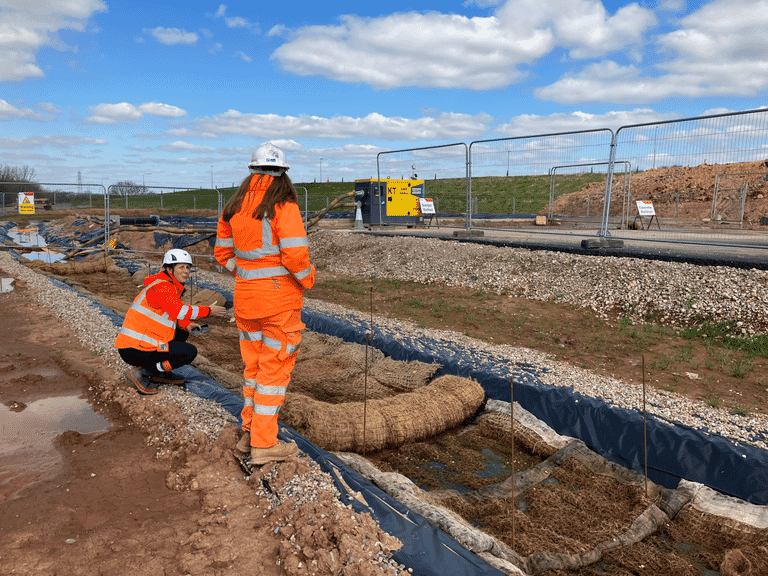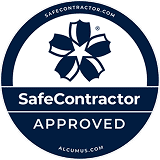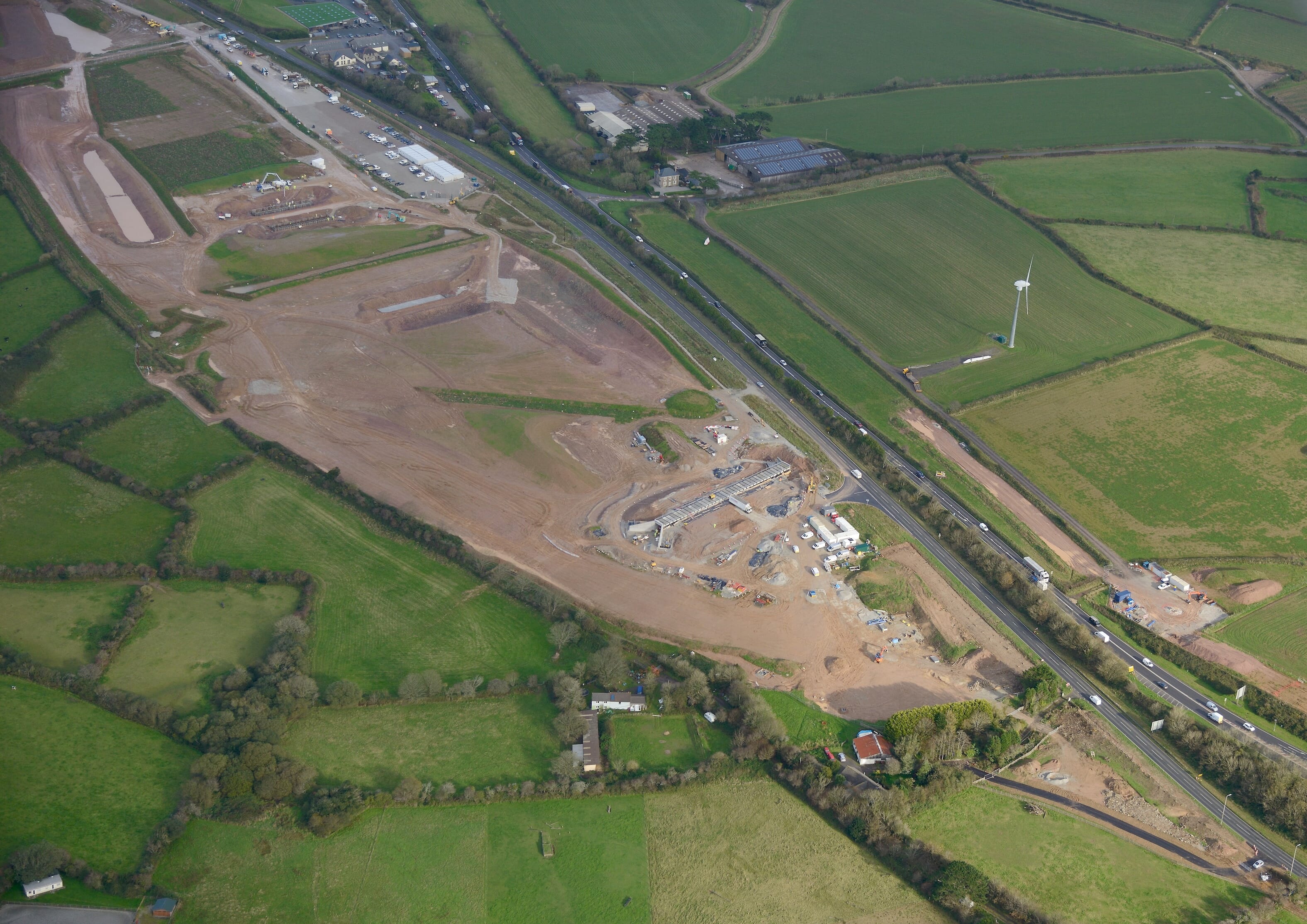
How to prepare your site for winter shutdown: Managing water quality and pollution risks
Is your construction site ready for its winter shutdown?
Every December, construction across the UK slows down as sites close for the annual winter shutdown. For many site managers, this two-week break over Christmas is a welcome pause – but it’s also a period when water pollution risks can rise dramatically. Heavy rain and reduced on-site supervision create the perfect conditions for runoff, erosion, and silt pollution.
Planning ahead is the key to preventing incidents and ensuring compliance during shutdown. At Frog Environmental, we work with contractors and site managers to help them stay compliant, protect the environment, and to return to a safe, well-managed site in the new year.
Why the winter shutdown needs special attention
Even when construction activity stops, your legal and environmental responsibilities don’t. Unmanaged runoff or silt release can cause serious pollution events, damaging local watercourses and triggering costly enforcement action.
According to Frog Environmental MD Richard Haine, “Managing water on construction sites in winter is challenging. But with good planning and the right support, risks can be minimised. Taking practical steps now helps ensure sites remain safe, secure and compliant throughout the wetter months.”
Heavy rainfall over the festive period can:
- Overtop settlement ponds and containment systems.
- Wash fine silts and clay into nearby rivers.
- Mobilise stored fuels, oils, or chemicals.
- Cause erosion on unprotected slopes and embankments.
These risks are magnified by reduced staff presence. Without planning, a small oversight can become a big incident.
Key actions to take before your winter site shutdown
Following a clear, structured checklist helps reduce risk of construction water pollution and ensures you maintain compliance:
1. Draw down and maintain storage capacity
Empty attenuation features and settlement ponds to maintain capacity for heavy or prolonged rainfall. This reduces the risk of overtopping and uncontrolled discharges.
2. Inspect drainage routes
Other than silt control products, clear ditches, swales, and channels so that water can flow freely and not back up onto site; blockages can cause flooding, erosion, and silt release.
3. Check discharge points
Inspect and stabilise outfalls against erosion. Monitoring water quality before shutdown to confirm that systems are working correctly will indicate whether any work is required upstream in the drainage system to control silt pollution.
4. Secure stockpiles and embankments
Cover or stabilise exposed material and protect vulnerable soils to manage silt control. Preventing run-off at the source is always more effective than treatment later down the line.
5. Control erosion risks
Fine or clayey subsoils are especially vulnerable during winter storms as they can easily mobilise and cause pollution. Protective matting, laying down biodegradable Silt Nets, or covering high risk areas with similar erosion control measures can save time, money, and reputational damage later.
6. Refresh treatment systems
Passive measures such as In-ditch Polishing Points & Treatments, Silt Capture Channels, and Gel Flocculant dosing systems need to be inspected and replenished so they are ready to perform while the site is inactive.
7. Remove waste and chemicals
Safely remove or store surplus materials, fuels or chemicals in bunded areas to prevent accidental pollution. And, ensure bunds are empty prior to closing down the site.
8. Maintain site safety and access
Lock down the site with secure fencing, clear signage, and emergency access routes. A tidy site is a safer site and offers greater resilience during periods of shut down..
9. Review site documentation
Update pollution response plans, contact lists, and risk assessments so that in an emergency, the right actions can be taken swiftly.
10. Prepare pollution response kits
Always keep a store of silt pollution control materials on site so that mitigating actions can be taken swiftly if an incident occurs. Take a look at our pollution response kits for cost-effective solutions.
11. Train and brief staff
Before shutdown, brief everyone on site, including any emergency call-out contractors, on procedures for winter conditions and how to access pollution response kits.
12. Monitor weather and site conditions
Set up arrangements for periodic site checks during shutdown, either through scheduled visits or remote monitoring, to keep an eye on water levels and water quality at outfall while the site is closed. For information on how to do this effectively, take a look at our blog, Monitoring Water Quality During Construction.
Supporting you to be Rain Ready® this winter
Winter planning is about being prepared. That’s the principle behind our Rain Ready® philosophy: proactive water-quality management that keeps you compliant in all conditions.
Our goal is always the same: to prevent pollution before it starts. By engaging early, we work in partnership with contractors and developers to deliver structured, cost-effective strategies that evolve with the project and ensure your site remains compliant at all times.
Frog Environmental can help you:
- Assess and monitor water quality at outfalls before shutdown.
- Inspect and refresh treatment systems like Gel Flocculant for Silt Control and Silt Capture Channels.
- Specify silt control and erosion prevention products, including Silt Mats™, Silt Wattles, Silt Nets, and silt traps.
- Deliver site-specific training, ensuring teams understand best practice for winter conditions. See our training pages for more details.
- Provide technical consultation, reviewing your site plan and recommending practical improvements. Contact us to book a site visit or consultation.
We also work with trusted partners to offer end-to-end support – from design and installation to maintenance and after-care – ensuring your site remains compliant throughout the shutdown period. To learn more about the benefits of being Rain Ready® on site, take a look at our blog, Why it pays to be Rain Ready.
What happens if you’re not prepared?
The construction industry has a legal duty to protect the water environment. As Richard says, “Even when active works pause, we still carry the responsibility to prevent pollution and manage water wisely.”
Failure to plan for winter shutdowns can lead to:
- Pollution incidents, harming rivers, habitats, and wildlife.
- Regulatory enforcement, including fines or stop-work notices.
- Reputational damage, affecting client confidence and future bids.
Ultimately, being proactive saves time, money, and the environment.
Watch our free winter shutdown webinar
To help you prepare your construction site for a winter shutdown effectively, we hosted a free lunchtime CPD webinar with our technical experts in November, which is now available to watch back at your leisure. In this webinar we will walk you through practical steps to prepare your site, manage silt control, and gain permits to pump, enabling you to stay compliant during your shutdown period.
Watch our webinar on catch up → [Winter shutdown preparation for construction sites]
We also offer a free 30-minute consultation to review your site and provide tailored advice on construction water pollution prevention and control. Call our team on +44 345 057 4040 to talk to one of our technical experts.
Frequently Asked Questions
1. How do I prepare my construction site for winter?
The key is in the preparation. Plan early, inspect drainage, and refresh treatment systems to prevent pollution and flooding during winter storms and adverse weather.
2. What are the main pollution risks during a winter shutdown?
Inactive sites face pollution risks from heavy rainfall which contributes to erosion and sediment runoff, uncontrolled discharge, and accidental chemical leaks. Effective water-quality management prevents contamination and ensures compliance.
3. What products help prevent pollution during shutdown?
Biodegradable Silt Mats™, Silt Wattles, Gel Flocculant systems, and other silt-control solutions can protect sites from erosion and runoff during adverse weather while sites are unmanned.
4. What are the benefits of being Rain Ready®?
Being Rain Ready® ensures a site will remain compliant in all weathers. Site managers can save time, reduce costs, and prevent environmental harm by taking proactive measures before rainfall occurs, by installing Rain Ready® products and taking a Rain Ready® approach to site management.
How can Frog Environmental help?
We offer technical advice, water-quality monitoring, training, and a range of award-winning silt control products to help contractors prepare for shutdown and remain compliant.
